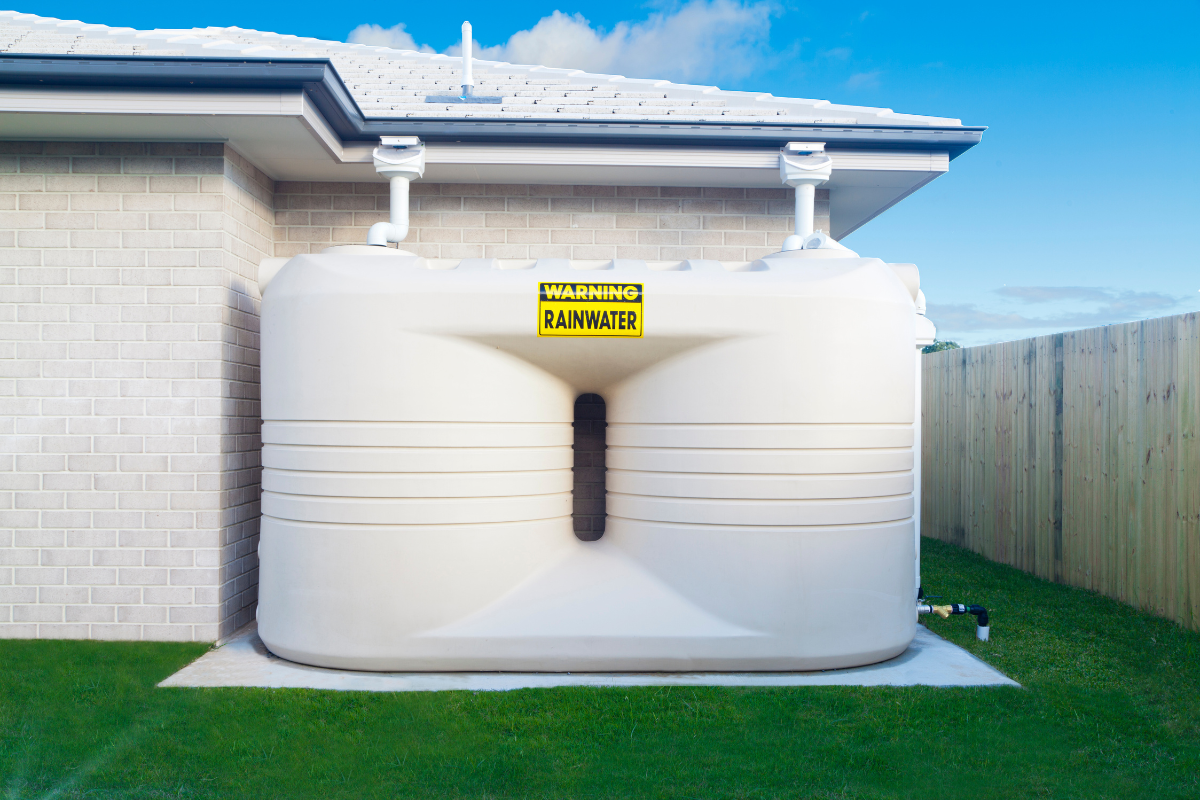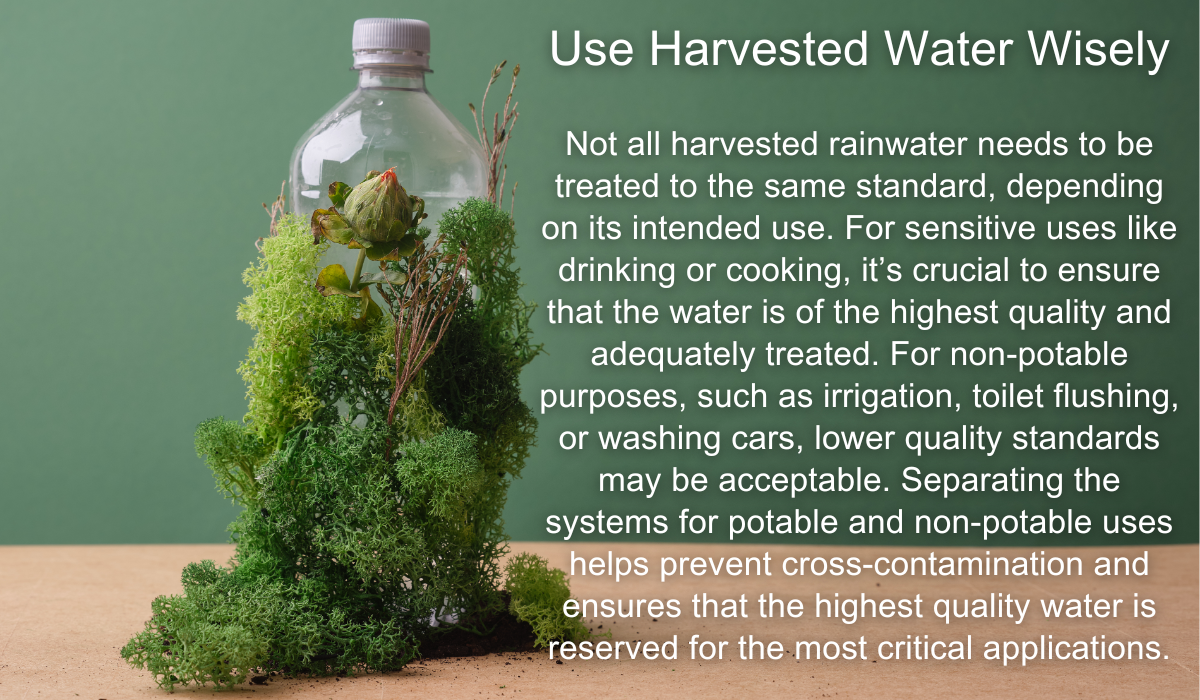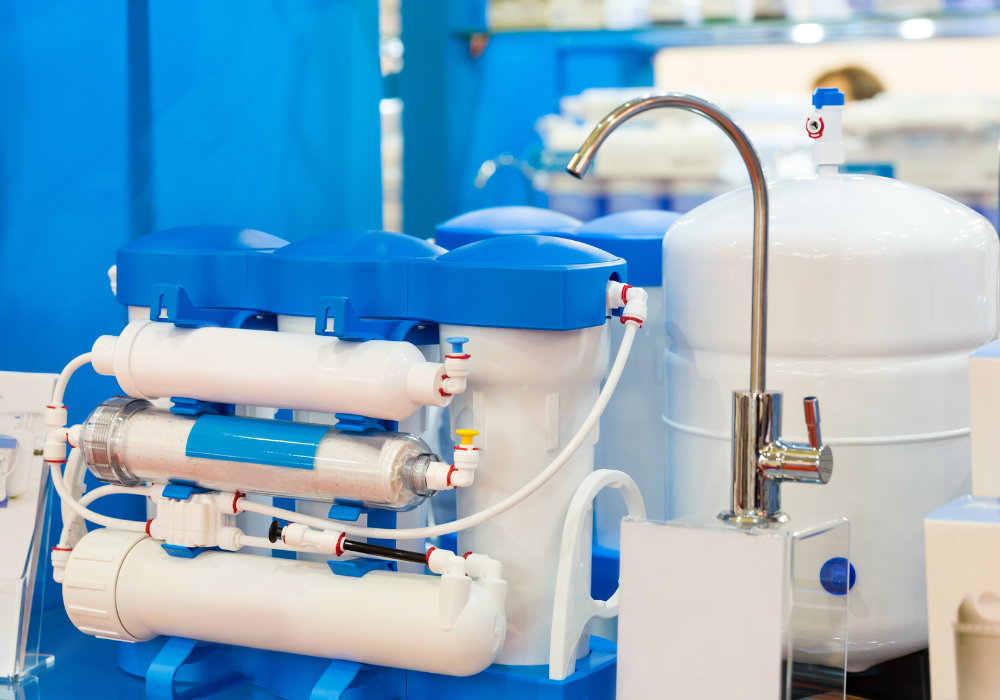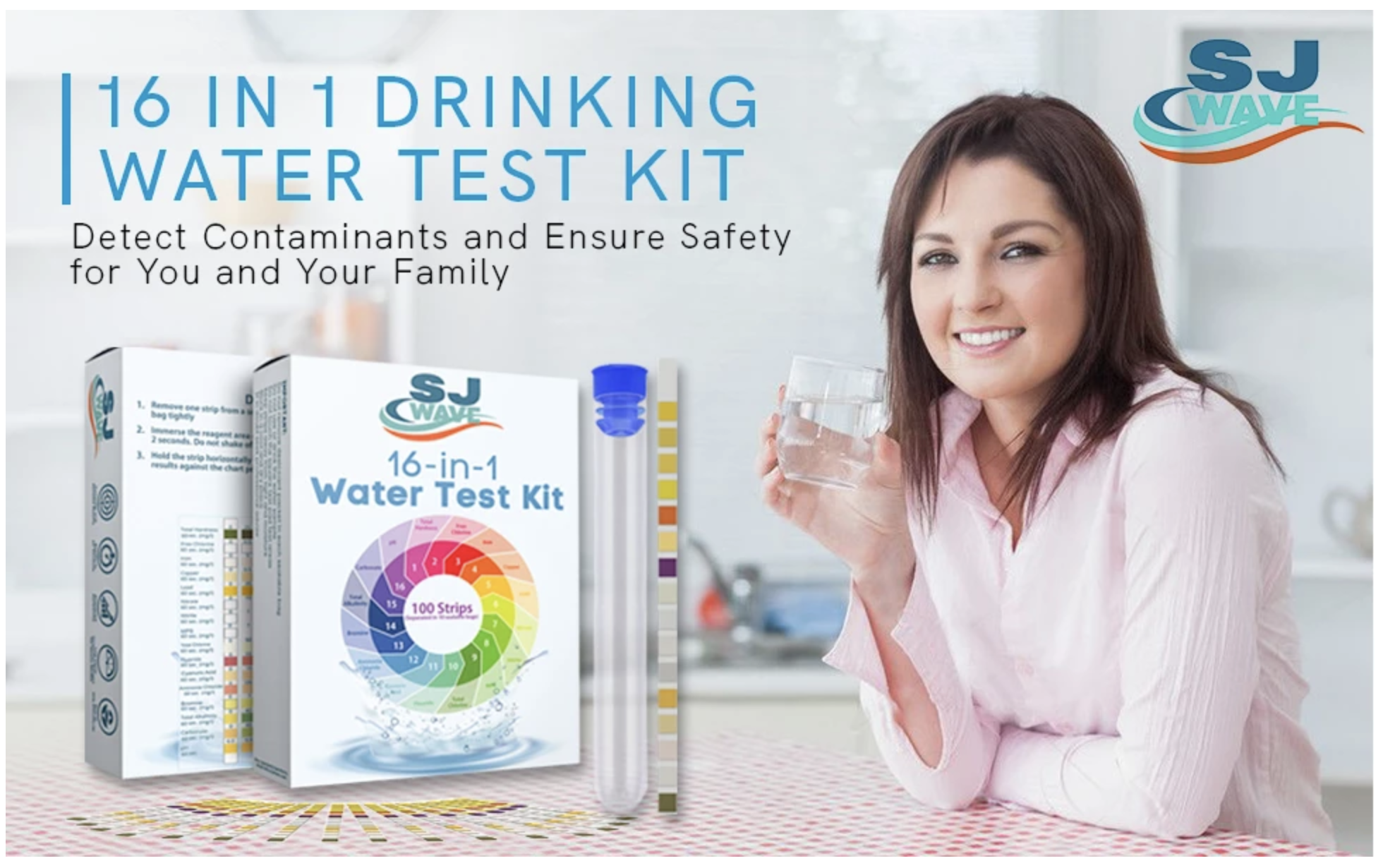
Rainwater Harvesting: A Solution for Water Scarcity During Hot Months
As global temperatures rise and weather patterns become increasingly unpredictable, water scarcity has become a critical issue, especially during the hot months. One sustainable solution to this growing problem is rainwater harvesting. Read on and learn how rainwater harvesting can help alleviate water scarcity during the hottest times of the year, providing both immediate relief and long-term resilience.
Rainwater Harvesting: A Sustainable Solution
Rainwater harvesting is a simple yet effective way to combat water scarcity by ensuring a steady supply of water for household use, among others, even when rainfall is scarce.
By collecting and storing rainwater, individuals and communities can create a buffer against the dry periods. The basic principle is to capture rain when it falls during the wet season and to store it in rain barrels or storage tanks for use during the hot, dry months. This stored water can be used for various purposes, from irrigation to household needs, reducing the reliance on external water sources.

Water Quality and Safety Concerns
Ensuring that harvested rainwater is safe for its intended use, particularly for drinking, requires careful filtration and treatment. Addressing contamination risks is crucial to the success of these systems.
Use Appropriate Collection Surfaces
It is important to use non-toxic, clean materials like metal, tile, or specially designed rainwater harvesting surfaces that don't leach harmful substances. Regular maintenance of these surfaces is essential to remove dust, leaves, bird droppings, and other debris that can contaminate the water.
Install a First-Flush Diverter
A first-flush diverter is a simple yet effective device that improves the quality of harvested rainwater by discarding the initial flow of water from the first few millimeters of rainfall. This initial runoff typically contains the highest concentration of contaminants, such as dirt, pollutants, and organic matter that accumulate on collection surfaces between rain events. By diverting this "dirty" water away from the storage tank, only cleaner water is collected, significantly improving the overall quality of the harvested rainwater.
Regularly Clean and Maintain Storage Tanks
Storage tanks must be regularly cleaned and maintained to prevent the buildup of contaminants like algae, sludge, and biofilms, which can degrade water quality. Ensuring the tank is properly sealed is crucial to prevent external contamination from insects, rodents, or pollutants. Overflow management is also important to prevent backflow, which can introduce contaminants into the storage system.

Disinfection and Treatment
Disinfection is a key step in making harvested rainwater safe, particularly for drinking. Chlorination is a common method that involves adding chlorine to kill bacteria, viruses, and other pathogens, though it’s important to carefully control the dosage. UV disinfection is another effective method that uses ultraviolet light to kill microorganisms without the need for chemicals.
Consistent water testing allows for timely detection of issues and ensures that appropriate measures can be taken to maintain water safety. Visit the SJ Wave website and find your way to clean and safe water.

Environmental Factors
In areas with high levels of air pollution or nearby industrial activities, harvested rainwater may require additional filtration and treatment to remove contaminants like heavy metals or chemicals. Careful judgment is crucial in using harvested rainwater for human consumption in these areas even if harvested rainwater has been filtered.
Rainwater harvesting offers a practical, sustainable solution to water scarcity during hot months. By capturing and storing rainwater, communities can ensure a reliable water supply and sustainable future. Now is the time to embrace this technology and make the most of the rain that falls—before it’s too late.




